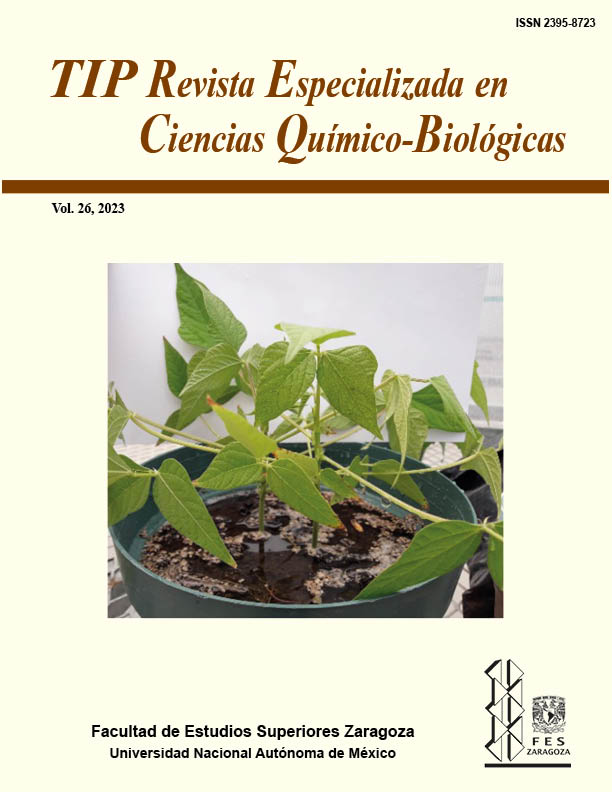Abstract
Oaxaca presents a great diversity of cultures and plant species, allowing knowledge about the use of plants to become a useful tool for conservation and sustainable use. The objective of this study was to document the traditional uses of C. macrostemum and C. mexicanum and to determine the antioxidant capacity (AC) of their extracts. Interviews were applied in the towns of Santiago Apoala Nochixtlán and Tlaxiaco, a distribution map was prepared in ArCGis version 10.4.1. The collected plant material was dehydrated to obtain hydrometanolic (CmxHMet, CmcHMet) and hydroethanolic (CmxHEt, CmcHEt) extracts at 80% (v/v), the AC was determined by ABTS and FRAP techniques. As a result, medicinal use stands out. The highest yield was obtained from the hydrometanolic extract of C. macrostemum with 17.68%, however, it showed higher AC C. mexicanum (Cmx-HMet) with an IC50 of 0.7869 mg / mL for the ABTS test and for FRAP with a value of 1,687,066 ± 7,055 mM Fe2 +. It is concluded that despite being two species that maintain a similarity in uses, Cmx-HMet has a higher AC, considering that it is a species with potential for application in pharmacology, biotechnology and green technologies.
TIP Magazine Specialized in Chemical-Biological Sciences, distributed under Creative Commons License: Attribution + Noncommercial + NoDerivatives 4.0 International.



